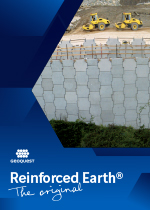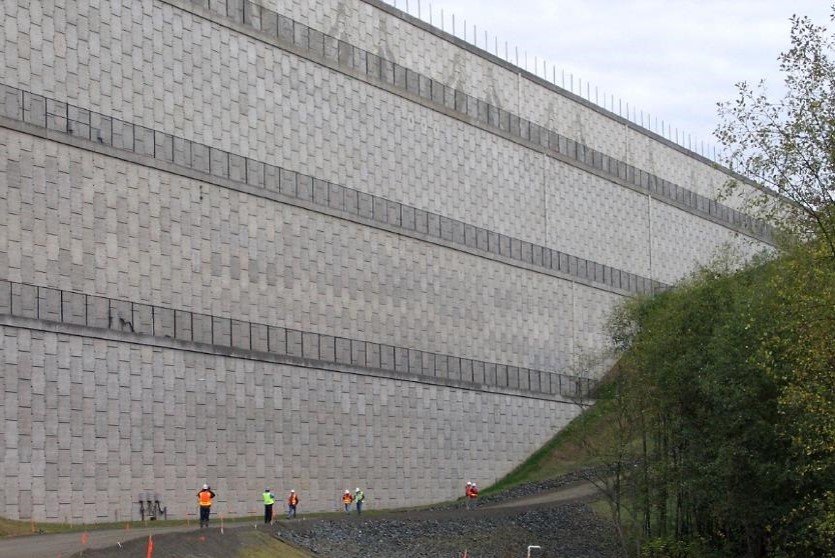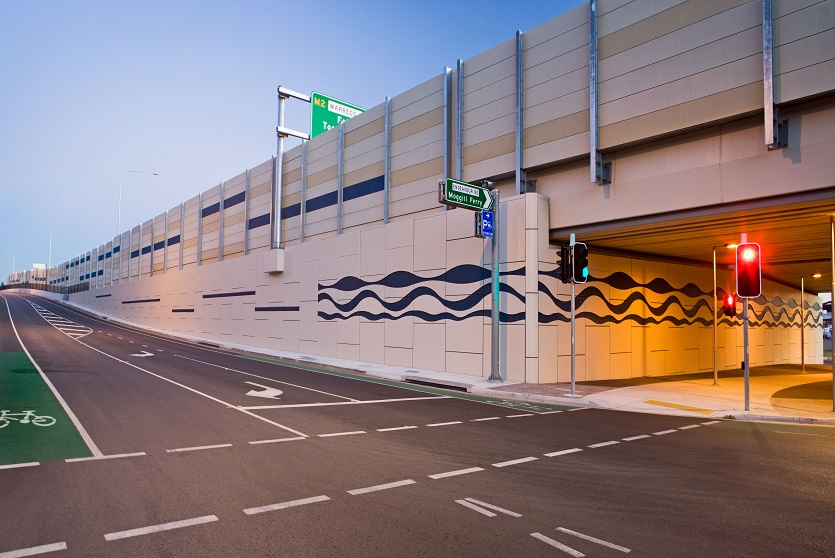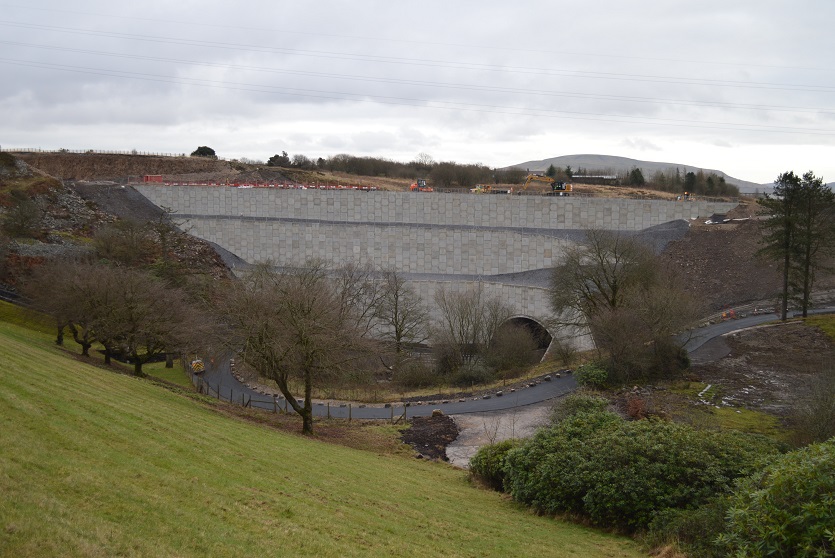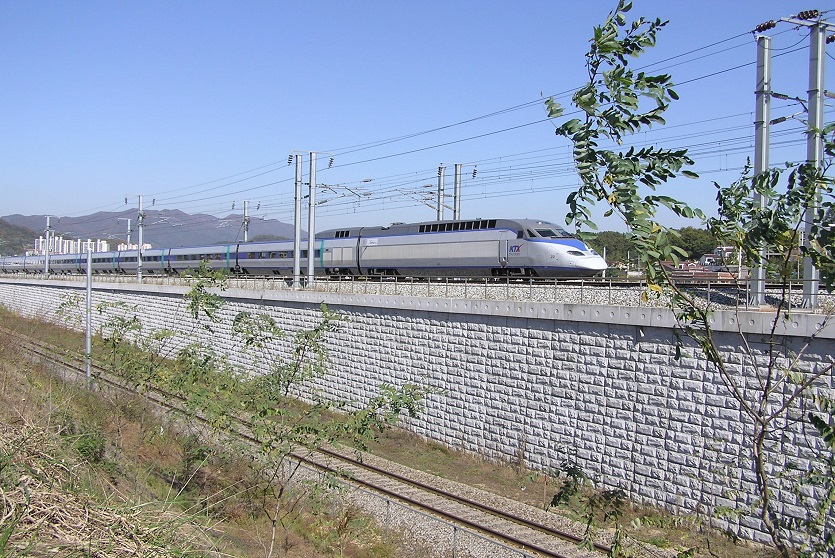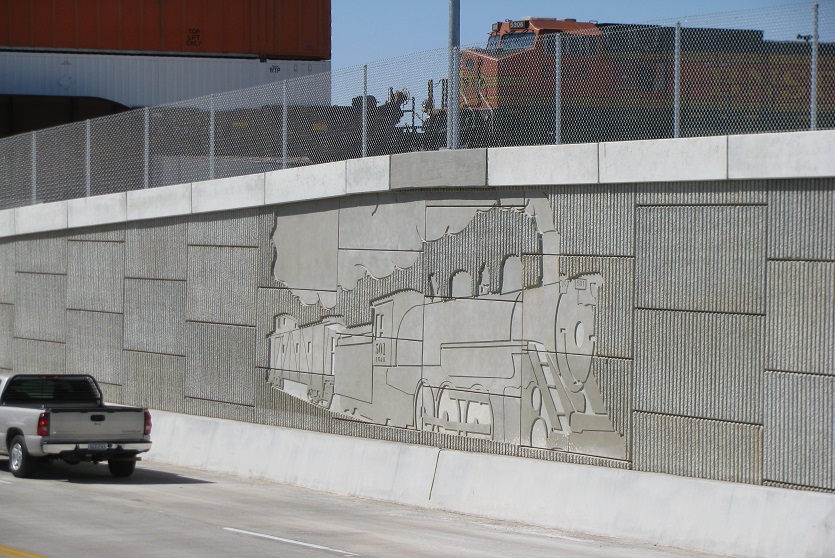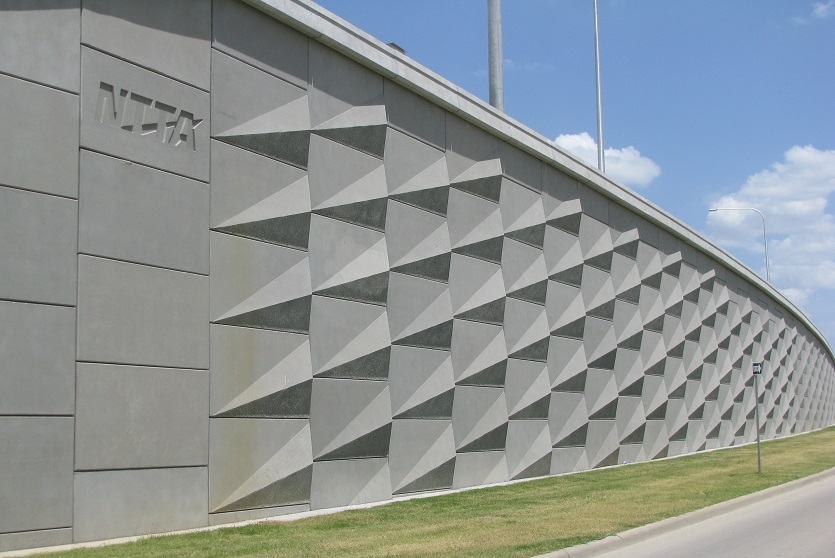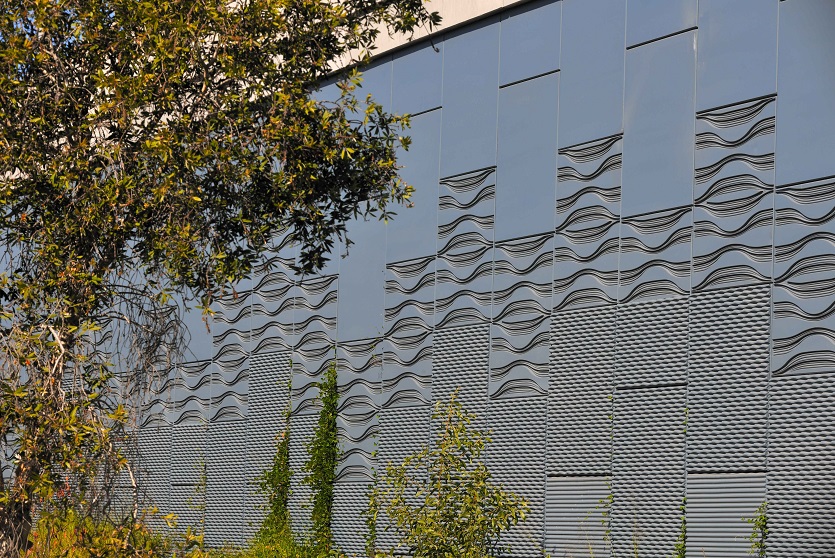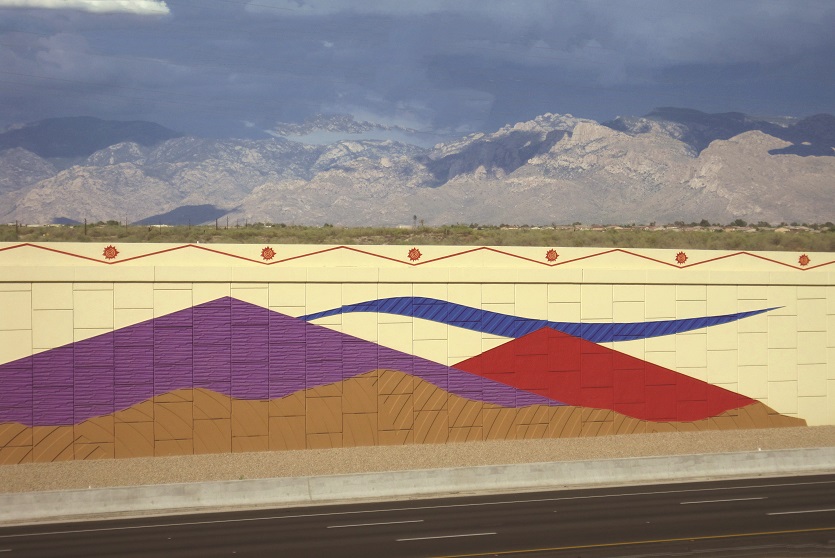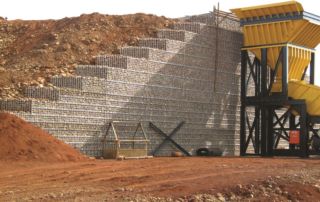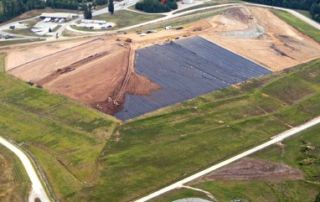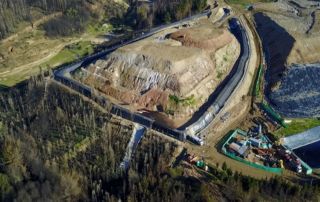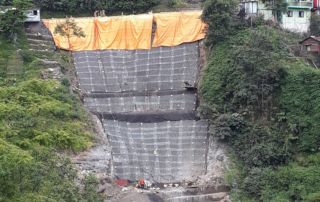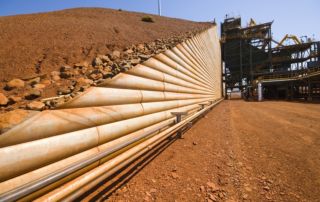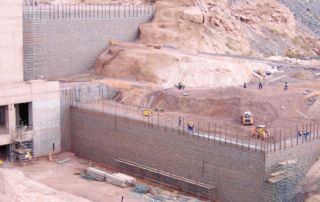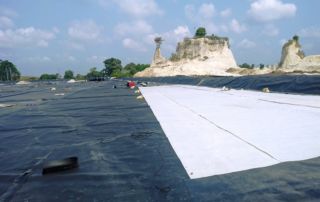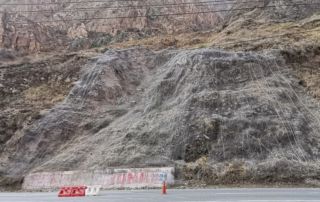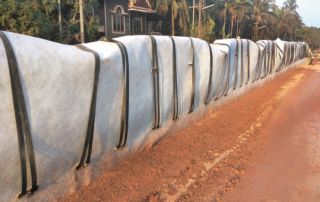The original Reinforced Earth®, a signature innovation
First pioneered by Terre Armée, the concept of mechanically stabilized earth walls (MSE) extends itself to an array of applications. Our engineers work with your team to apply this globally-recognized solution to solve nearly any geotechnical challenge you face in building roads, bridges, embankments, industrial landscapes, and more. Together, we will solve problems that arise when you are seeking solutions for your soils and structure interaction.
Concept description
A resilient retaining wall solution, MSE structures combine controlled backfill with a selection of steel or geosynthetic soil reinforcements that are attached to a modular facing system. Facing systems vary, and may consist of concrete panels, wire mesh, vegetative surfaces or semi-elliptical metallic panels. The ideal combination of earth, soil reinforcements and facing creates a sustainable reinforced soil structure.
Reinforced Earth® applications
For nearly sixty years now, Reinforced Earth® structures have been constructed worldwide, now totaling more than 66-million square meters of surface area installed.
We have partnered with developers and builders in the full spectrum of building sectors:
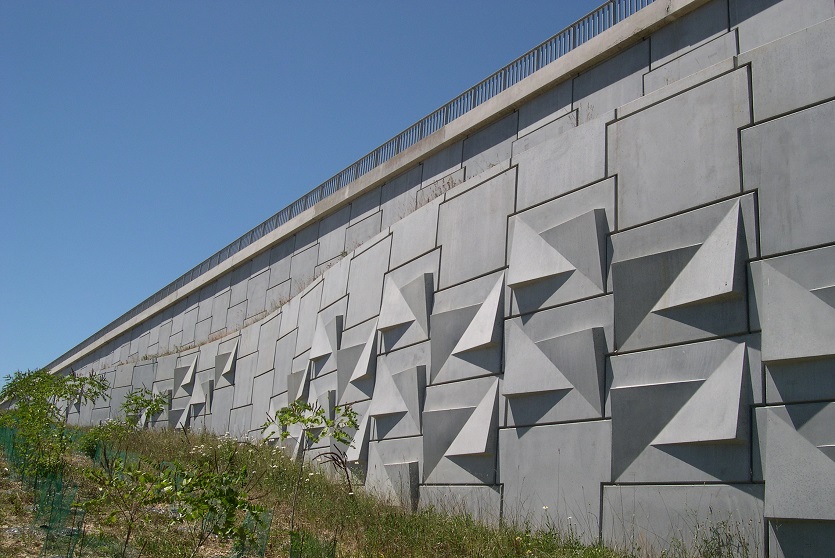
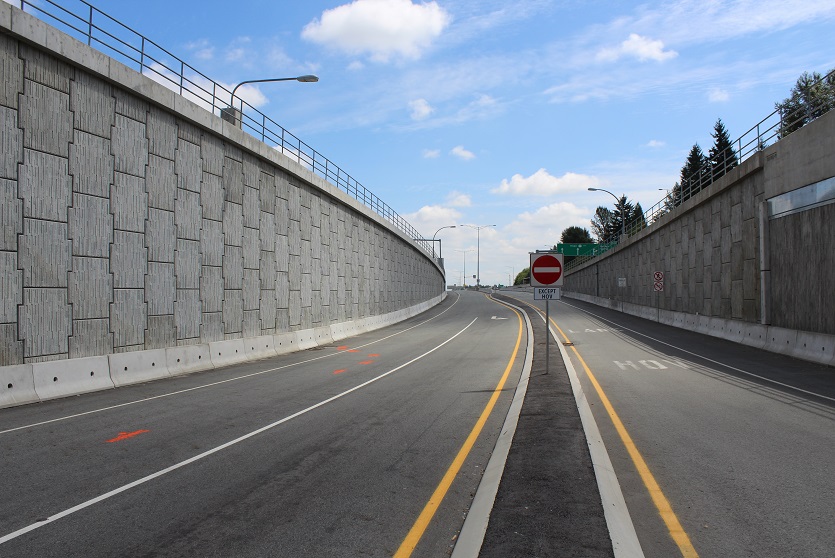
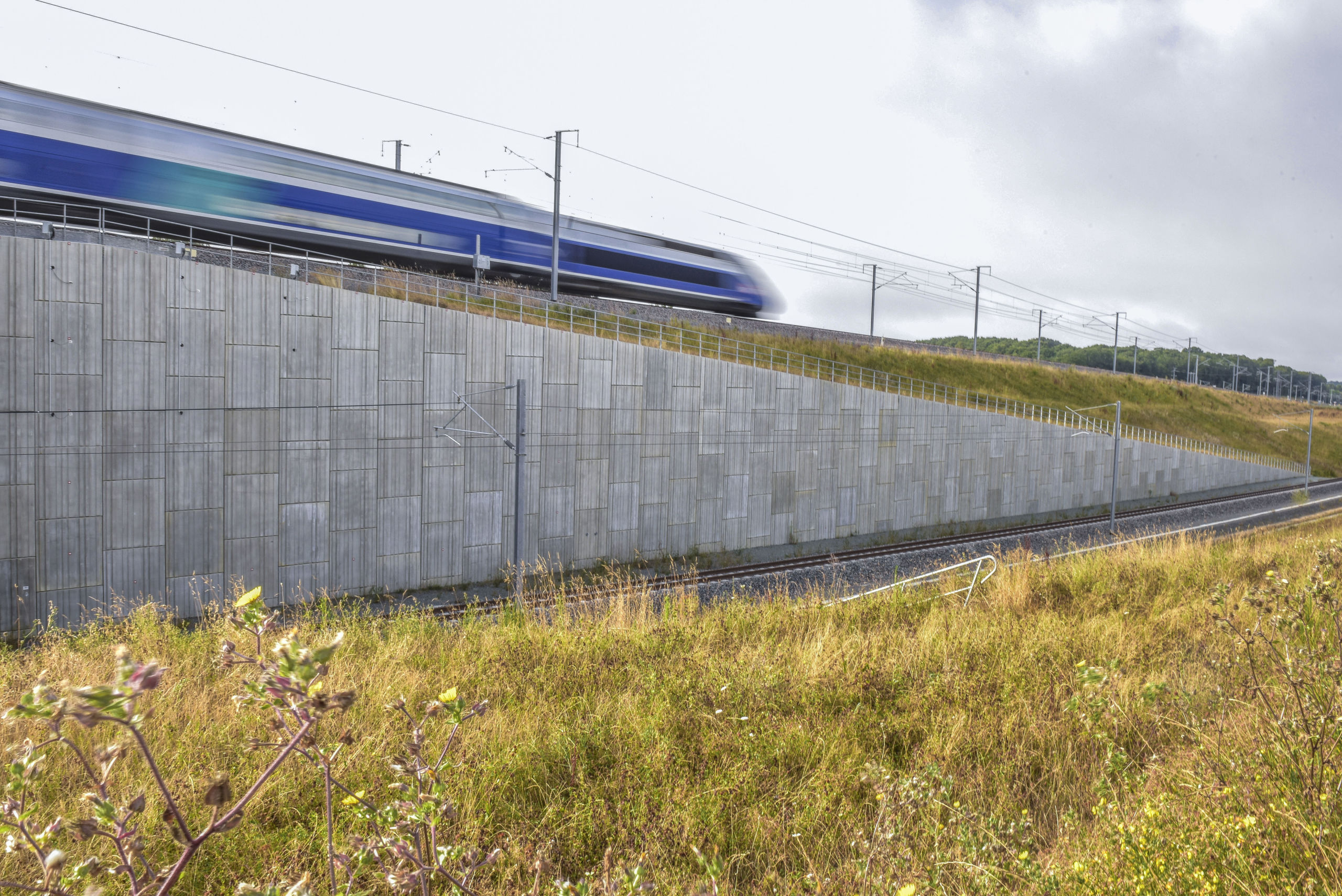
Design options and materials
Our professional engineers design Reinforced Earth® structures with checks for internal and external stability, considering the static loads and the predicted dynamic loads. We optimize the design for your project using a calculative choice of materials and proper quantities that suit your specific plans for use and intended service life.
Our decades of experience have allowed us to expand the range of design options allowing our solutions to adapt to project and site constraints. Our Reinforced Earth® structures can in fact be designed with precast concrete facing panels with various dimensions available, and using steel or geosynthetic reinforcements.
Our steel soil reinforcements have been designed and tested to optimize the pull-out and tensile capacity for various types of backfill. The reinforcing strips are patterned with “ribs” to optimize bonding with the compacted backfill. Our welded wire bar mats are used for efficiency in low-height walls or lightweight backfill situations where tension is low and extra pull-out capacity is needed.
Corrosion protection for all components in the form of galvanization is included when necessary to achieve a design life of 75 years, 100 years, or more. For temporary walls, using black steel is an option.
Our geosynthetic reinforcements are selected based on the characteristics of the intended backfill to be used, load factors, required service life and other considerations, engineers select from our four main categories of geosynthetic soil reinforcing strips:
> GeoStrap™
Coated polyester (PET) strips without high-adherence edges, best for low pH backfill
> HA GeoStrap™
Coated polyester (PET) strips with high-adherence edges, best for low pH backfill
> EcoStrap™
Coated polyvinyl alcohol (PVA) strips without high-adherence edges, best for high pH backfill
> HA EcoStrap™
Coated polyvinyl alcohol (PVA) strips with high-adherence edges, best for high pH backfill
Precast panels can be customized with architectural finish allowing designers and architects to add a touch of art to Reinforced Earth® structures.
The installation procedures for Reinforced Earth® walls are straightforward. Our expert operations team will develop organized manufacturing and delivery schedules for the materials necessary to build your Reinforced Earth® structure. Installation is ensured to be rapid and predictable due to standardized material patterns and repetitive handling processes that quicken placement of the wall components.
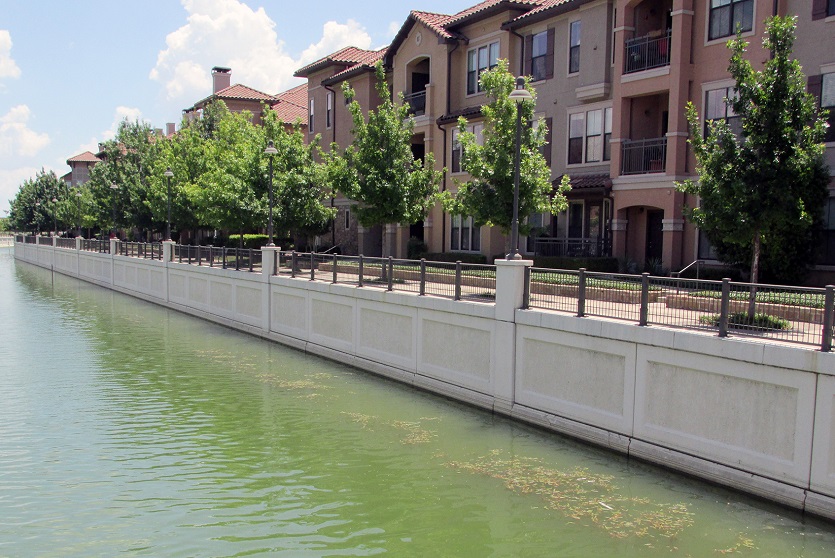
Benefits
Rapid construction
Reinforced Earth® structures are quick to install. Materials can be delivered to site just in time for construction. A crew of four can install up to 90 square metres of wall per shift, including backfill placement and compaction.
Reliability
The internal strength and overall stability of the Reinforced Earth® composite structure provides significant static and dynamic load-bearing capacity. The durability of the materials and their resistance to extreme situations, such as seismic events, extreme variations in temperatures, and explosions, is well documented and the safety of our structures unrivalled.
Cost effectiveness
Low material cost, flexibility in the use of backfill material, the ease and speed of construction, and limited maintenance requirements are significant advantages of Reinforced Earth® structures, reducing overall cost.
Aesthetics
The variety of our facings can meet specific architectural and artistic requirements. We can integrate the desired artwork directly into the design plans of our panels, with endless possibilities for creative, visually pleasing finishes.
Adaptability
The Reinforced Earth® technology provides solutions in complex situations and is often the best or only choice for restricted right-of-way, unstable natural slopes, marginal foundation conditions and large expected settlements.
Reduced environmental footprint
Using less materials, requiring less space, and generating less CO2 than conventional construction methods, the Reinforced Earth® technique reduces the impact on the environment.
Structural flexibility
Reinforced Earth® systems adapt to geometric requirements such as face inclination or straight or curved alignments. The modularity of the facing and the specific construction devices allow the structures to accept substantial total and differential settlement on poor foundations.
Reduced land use
Reinforced Earth® structures require little land use and site impact during construction, which is a great advantage where construction projects need to accommodate existing infrastructure and busy urban areas.

